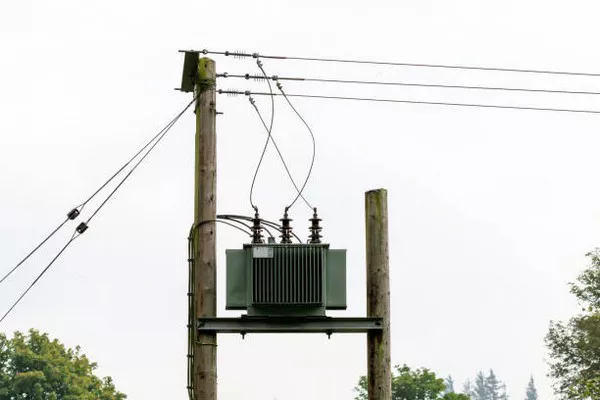Transformers play a crucial role in electrical systems by facilitating the efficient transmission of power. Among the various types of transformers, the step-down transformer holds a significant position in power distribution networks. This article aims to provide a comprehensive understanding of what a step-down transformer is, its components, and its essential role in electrical systems.
Definition and Functionality
A step-down transformer is a type of electrical device designed to lower the voltage from the primary winding to the secondary winding. This transformation is essential for the safe and efficient distribution of electricity, especially when transmitting power over long distances. The primary purpose of a step-down transformer is to decrease the voltage to a level suitable for residential or commercial use, reducing the risk of electrical hazards and making it compatible with standard household appliances.
Components of a Step-Down Transformer
Core: The core is the central part of a transformer that serves as the magnetic pathway for the flux generated by the alternating current (AC). It is typically made of laminated iron or other magnetic materials to enhance its magnetic properties. The core’s design influences the transformer’s efficiency and ability to handle varying loads.
Windings: Transformers consist of two sets of windings – the primary winding and the secondary winding. The primary winding receives the input voltage, while the secondary winding delivers the transformed output voltage. The number of turns in each winding determines the voltage transformation ratio.
Insulation: Insulation materials are crucial in transformers to prevent short circuits and ensure the safe operation of the device. Insulation is applied between the windings and around the core, preventing electrical contact and minimizing energy losses.
Tap Changer: Some step-down transformers are equipped with tap changers, which allow for adjustments in the turns ratio. This feature ensures flexibility in adapting to variations in the input voltage or accommodating changes in load requirements.
Physical Characteristics
Step-down transformers vary in size and appearance, depending on their application and power rating. However, there are common physical characteristics that can be observed in most step-down transformers.
Enclosure: Transformers are housed in protective enclosures to shield them from environmental factors such as moisture, dust, and temperature extremes. The enclosure also provides insulation to enhance safety.
Cooling Mechanism: Large transformers often incorporate cooling mechanisms to dissipate heat generated during operation. This can include cooling fins, fans, or even oil-based cooling systems. Efficient cooling is crucial for maintaining the transformer’s optimal performance and preventing overheating.
Nameplate: The nameplate is a critical component that provides essential information about the transformer, including its voltage rating, power capacity, frequency, and manufacturer details. Understanding the information on the nameplate is essential for proper installation and maintenance.
Applications of Step-Down Transformers
Step-down transformers find widespread use in various applications, contributing to the efficient distribution of electricity across different sectors. Some notable applications include:
Residential Power Distribution: Step-down transformers are integral to power distribution systems that supply electricity to homes. They reduce the voltage from the transmission lines to levels suitable for household appliances, ensuring the safety of residents and the proper functioning of electrical devices.
Commercial and Industrial Use: In commercial and industrial settings, step-down transformers are employed to adapt high-voltage power from the grid to levels suitable for machinery, equipment, and lighting systems. This enables seamless integration with diverse electrical loads in these environments.
Electrical Grids and Substations: Step-down transformers play a crucial role in electrical grids and substations, where they help regulate voltage levels and facilitate the efficient transmission of power over long distances. They contribute to the overall stability and reliability of the electrical grid.
See also How Is Transformer Oil Made
Conclusion
In conclusion, a step-down transformer is a fundamental component in electrical systems, responsible for reducing voltage levels to ensure safe and efficient power distribution. Understanding the components, physical characteristics, and applications of step-down transformers is essential for anyone involved in the design, installation, or maintenance of electrical systems. As technology continues to advance, the role of step-down transformers remains integral to the seamless functioning of power distribution networks across residential, commercial, and industrial sectors.

